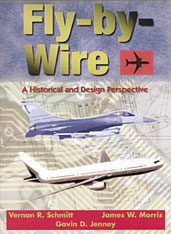Technical Paper
Evaluation of Downstream Dilution Techniques for the Sampling of Turbine Engine Particulate Matter
2013-09-17
2013-01-2130
Measurement of turbine engine particulate matter (PM) requires diligent handling of the sample to maintain integrity and minimize any alteration due to sampling or transport artifacts. PM sample dilution at the probe tip is a common and widely used technique to condition the sample in order to reduce PM losses and potentially “freeze” chemical reactions that may occur throughout the sampling train to the instruments. Diluting the PM sample at a location downstream in the sample line is preferred by engine manufacturers as probes used for gas emissions can be used for PM; however, implications on PM characteristics and comparisons against probe-tip dilution are unknown. The present study compares the characteristics of turbine engine PM diluted at the probe tip and at a location downstream in the sampling train. Downstream dilution was accomplished by injecting nitrogen through a commercial ejector (operated both as a diluter and pump) and a through simple concentric tube arrangement.

